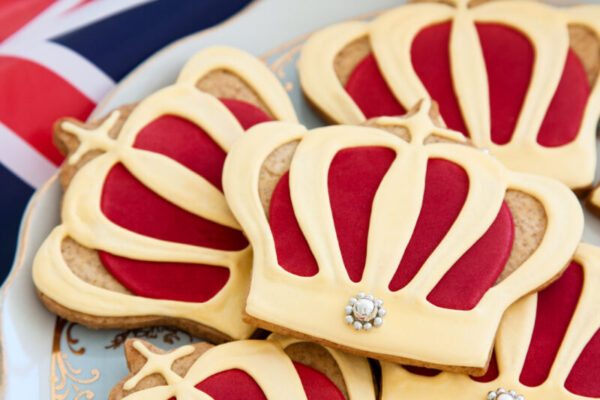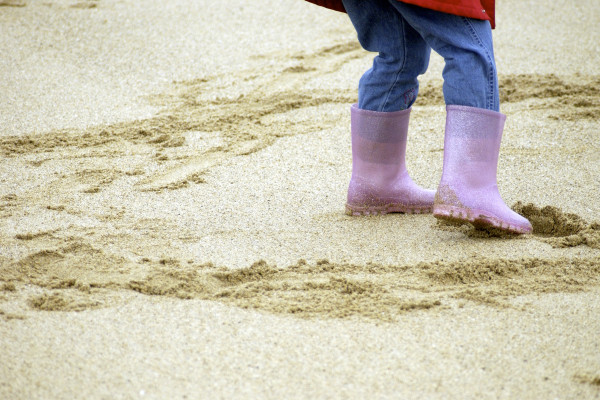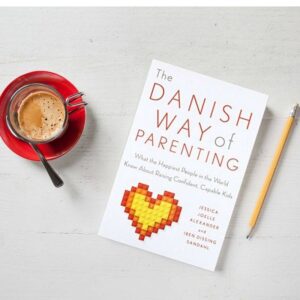The Challenge: We all want more happiness but are we limiting ourselves by looking for an American brand of happiness?
The Science: Denmark has been voted as one of the happiest countries in the world for over forty years in a row. What’s their secret?
The Solution: Find 3 tips to being happy like a Dane.
D
enmark, a small country in the north of Europe has been voted as one of the happiest countries in the world for over 40 years in a row by the OECD (Organization for Economic Co-Operation and Development). That is quite impressive. What has Denmark worked out as the secret to satisfied success that we can learn from?
In a new book, ‘The Danish Way of Parenting; a guide to raising the happiest kids in the world,” the authors lay out 6 main pillars that parents in Denmark instill into their children to perpetuate this cycle of well-being. Here are 3 things parents and non-parents alike can take away from the Danish Way to cultivate more happiness at home today.
1. Authenticity
In Denmark stories are not about happy endings. The Danes ‘keep it real’ so to speak-sometimes painfully real. Danish movies don’t wrap endings up with that familiar soothing music that lets you know that the hero will save the day, the boy will get the girl and all will be ok in the end. Rather, they leave you standing with your emotions flapping in the wind wondering how to feel. Although it seems counterintuitive, research actually shows that watching tragic or sad films can make you happier by bringing more attention to the positive aspects of your own life. They put you more in touch with your humanity in a ‘count your blessings’ kind of way. Even Hans Christian Andersen, one of the most famous Danes, has had some of his fairy tales modified to fit what adults deemed a culturally acceptable version for children. The original Little Mermaid, for example, doesn’t get the prince in the end, but rather dies from sadness and turns into sea foam. The better we get at being honest with ourselves about life, the more we can appreciate what it is and what it isn’t. There aren’t perfect lives or perfect endings and that’s ok. So the next time you reach for a syrupy sweet Hollywood film, consider something sadder-it might actually make you happier.
2. Reframing
Ask a Dane how they feel when the weather is gray and raining outside and they will unwittingly answer:
“Well it’s a good thing I am at work.”
“there is no bad weather only bad clothing.”
“I am looking forward to cozying at home tonight with the family”
Danes are what psychologists call realistic optimists. They aren’t over the top positive or optimistic. Rather, they filter out unnecessary negative information. They tune out negative words and occurrences and develop a habit of interpreting ambiguous situations in a more positive manner. Imagine you are looking at a painting. You see it as a negative picture. You start to move on but a guide stops you to point out many other subtle details in the painting you couldn’t see before. Now you see a much nicer picture when you focus on those extra details! You feel completely different about the picture and the way you recount the story will feel different too. This ability to deliberately reinterpret an event to feel better about it is called reframing and it has been proven to reduce anxiety and increase wellbeing. With practice, reframing becomes easier and the guide to pointing out the more positive storylines is you.
3. Togetherness and “hygge”
One of the number one predictors of happiness and well-being is quality time with friends and family. Our modern world doesn’t always allow for this but the Danish Way incorporates “hygge’ into everyday life to guarantee it. That is, cozy time with friends and loved ones. The word “hygge” dates back to the 19th century. It is derived from the Germanic word “hyggja” which means to think or feel satisfied. It is comfort and it is both an identity-related symbol and a mood to be in. Because Danes feel hygge is so important, they all work together to try to make it happen. It is a goal in itself for family and friends and it requires teamwork. They leave the drama at the door and focus on the “we” not the “me”. We have plenty of time to feel stressed in our lives but during “hygge” they make an effort to leave that stress behind. Feeling connected to others gives meaning and purpose to all of our lives and this is why the Danes value hygge so highly. It is surely one of the main reasons they are voted so consistently happy. As the saying goes; when you replace the “I” with a “we” even illness becomes wellness.
So perhaps if we focus more on living an authentic life-not a perfect one, try more reframing and practice ‘hygge’ we too can make it to the top of the happiness charts. Judging from the results, it’s certainly worth a try.
For more on the Danish Way, check out The Danish Way of Parenting; a guide to raising the happiest kids in the world on Amazon.
![]()





